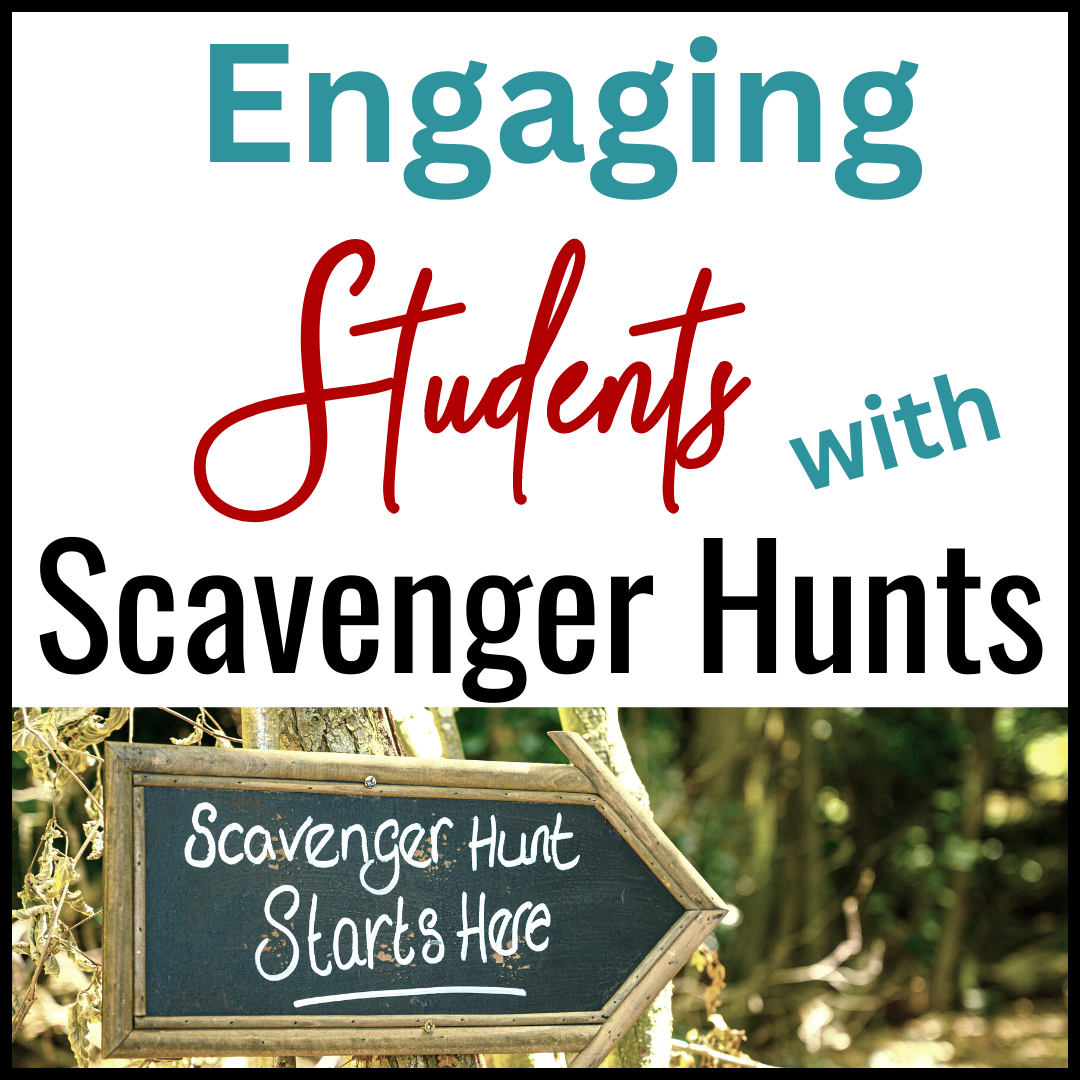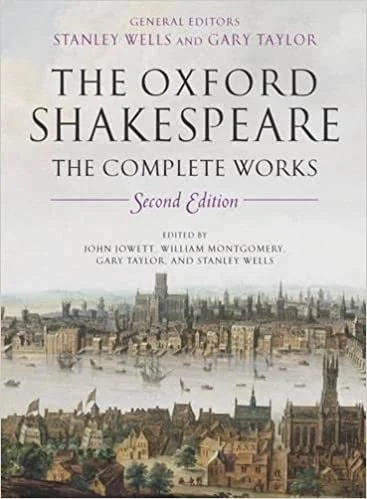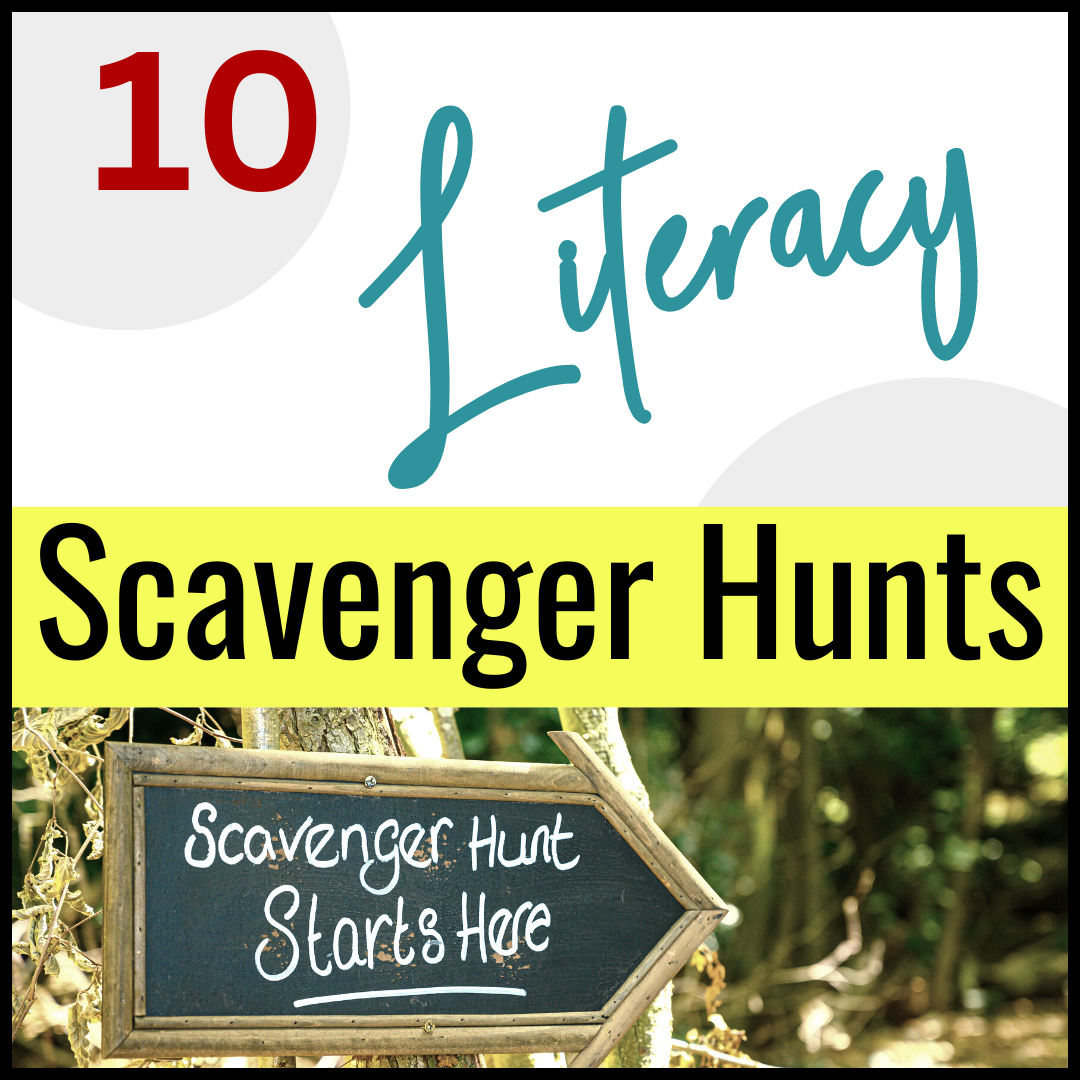Scavenger hunts are a beloved and popular game that has been enjoyed by people of all ages for centuries. While the exact origin of scavenger hunts is difficult to pinpoint, the game has been around in some form or another since ancient times.
Origins
The first known scavenger hunts were held in Ancient Greece. The game was known as the “Kolosso” and was popular among noble families. Participants were tasked with collecting various items from around the city and bringing them back to the host. This game was often used to teach children about the geography of their city and was also an opportunity for adults to show off their knowledge.
In the Middle Ages, scavenger hunts became even more popular. They were often used as a form of entertainment at royal courts and even as a way to pass the time during long journeys. In some cases, participants were even rewarded with money or gifts if they were able to complete the hunt.
In the 19th-century, scavenger hunts evolved into a popular pastime for adults. Scavenger hunts became a way for people to show their creativity and cleverness by coming up with clever riddles and puzzles for their opponents to solve. These hunts also often included various physical tasks such as running, jumping, and climbing. More recently, scavenger hunts have become a popular activity for children. However, the modern version of the game is usually a lot tamer than the original version. Today’s scavenger hunts often involve finding items around the home or school, or even in a virtual world.
No matter the version, scavenger hunts have endured throughout the centuries. This beloved game is a timeless classic that continues to bring people together for fun and adventure.
So, how can we utilize this game in secondary English Language Arts classes? Here are some ideas to put a new twist on this old concept.
You can find these ideas and MORE as part of the Bespoke ELA Literacy Scavenger Hunt Pack over on TpT by clicking here.
Book Tasting Scavenger Hunt
For this idea, students “taste” a menu of books in order to select one for independent (or small group) learning. During the book “tasting,” the teacher can give students a menu card scavenger hunt to fill out about the books they “sample.”
Students can look for and record information such as:
The author’s name
Year of publication
The first three sentences
Quotes, words, and images on the book cover or jacket
You can include any other observations about the book that you’d like. Consider giving your students a chance to brainstorm items to find as well to involve them in the process.
Find this activity as part of the Bespoke ELA “Scavenger Hunt” bundle here.
Scavenger Hunt Reading Quiz
This scavenger hunt is intended to quiz students on a reading assignment. I like to keep a “bank” of these scavenger hunt activities on-the-ready to use for reading quizzes, and I typically mix them up across class periods to make it more difficult to cheat.
Here are some reading scavenger hunt tasks:
Find a quote that uses an important symbol. Copy the quote and then explain what the symbol represents.
Find the most important word from your reading assignment. Explain why this word is important.
Find a quote that reveals an important trait of the main character. Copy the quote and then explain what the quote shows about the character.
Find a description of the setting. Sketch a picture of the setting.
Find an example of a simile or metaphor from your reading. Copy the quote and explain what the simile or metaphor shows.
Find a quote that pinpoints the theme of the text. Copy the quote and explain how it reveals the theme.
There are many options for this type of reading quiz. Start with literary elements and techniques as the starting point for coming up with prompts.
Grammar Error Scavenger Hunt
For this activity, students go on the hunt for grammar errors and record the grammar edits they make to a source text. Since it’s open to the public for writing and editing, I like to have my students edit Wikipedia entries for errors because they aren’t difficult to find.
Due to the open nature of the platform, grammar errors may be present in some entries. These errors can range from minor typos to major errors in punctuation, spelling, and usage. In some cases, grammar errors can be caused by improper copy and paste from other sources, incorrect usage of templates, or simply a lack of understanding of the English language.
Students will look up anything of interest to read about on Wikipedia while searching for (and correcting) grammatical errors. As they make corrections, they log their edits on the log sheet as a record of their work. Note that some Wikipedia pages are closed for public editing due to spam, so students may not be able to edit every entry they find. It’s also important to speak to them about the ethics of making these edits. I tell my students that if they post anything inappropriate, and I find out, they will receive a zero for the assignment.
Here are some grammar errors for students to edit on Wikipedia entries:
Find a misspelled word and correct it.
Find a run-on sentence and correct it.
Find a sentence fragment and correct it.
Find a comma error and correct it.
Find a word that you can replace with a better, stronger, or more accurate word. Replace the word in the entry.
Find errors with punctuation outside of quotation marks. Move the punctuation mark to the inside of the quotation marks.
Students can be proud that they made a contribution to the world by editing Wikipedia entries.
This scavenger hunt activity is also included in the scavenger hunt bundle here.
Classroom Scavenger Hunt
This is the scavenger hunt FOR YOU if you like to decorate!! For this scavenger hunt activity, you can decorate your room with items that relate to an assigned topic. I like to do something like this when I’m introducing a new text or theme, say Romeo and Juliet, and I will put items around my classroom with QR codes for students to look at, read, watch, and discover. This gets students UP and MOVING!
Since this activity is particular to a text or theme, I will provide an example scavenger hunt list of items that I use for a unit on Romeo and Juliet. I will include Amazon links to these items in case you’d like to purchase any of them to use for a similar scavenger hunt activity.
#1. Hang up a picture of Gustav Klimt’s painting The Kiss and instruct students to find a “kiss.” Once they find it, they can click on the QR code to read about the painting and record information about it on their sheets.
#2. Put out an ink and quill set and ask students to find the “feather.” They can then try to use the quill to write their names while clicking on the QR code to read about Shakespeare’s handwriting.
#3. Put out masquerade masks and ask students to find the “masks.” Students can try them on and then click on the QR code to read about the history of masquerade balls.
#4. Find the Shakespeare doll and click on the QR code to read about Shakespeare’s life.
#5. Find an anthology of Shakespeare’s works. Look at the Table of Contents. How many plays did he write? How many sonnets did he write?
#6. Find a copy of the book Dr. Jekyll and Mr. Hyde and then click the QR code to read about Shakespeare possibly NOT being the author of his works!
#7. Find a star in the classroom and click the QR code to watch a short video about “star-crossed lovers.”
#8. Students should look for the Shakespeare’s World puzzle and spend a few minutes putting some pieces together and clicking on the QR code to read about Shakespeare’s world and Globe Theatre.
Look around your classroom and school for items you can use for a classroom scavenger hunt, or invest in items like the ones above! The options are endless!
Wacky Writing Scavenger Hunt Story
This is a super fun creative writing scavenger hunt activity in which students seek and find items based upon the prompts and use them to put together a crazy, wacky, original short story.
It goes a little something like this:
Write a story based on what you find in the scavenger hunt. Your story must include everything from the prompts!
Story starter. To find the first sentence of your story, find a book in your home that has the letter “r” in the title. Go to page 68 in the book and copy down the sentence at the top of the page. This is now the first sentence of your story.
The Protagonist. The protagonist of your story is the your favorite pet (alive or not). If you’ve never had a pet, then select a random animal that starts with the same letter as your name. This is now the main character of your story.
The Antagonist. The antagonist of your story is the “Florida Man” for your birthday. Don’t know who “Florida Man” is? Do a quick Google search for your birthdate and the words “Florida Man.” You should find some wacky headlines! Select one wacky “Florida Man” to use as your antagonist, or villain, in your story.
You can add as many wacky scavenger hunt prompts to this assignment as you’d like! The options are endless!
Be sure to check out the Bespoke ELA Literacy Scavenger Hunt Bundle for a readymade Wacky Prompts creative writing activity here.
Do you use scavenger hunts in your classroom? Please share in the comments your ideas for using this format to engage students. We’d love to hear from you!
In the meantime, you might also like…
Close Reading Strategies for Success
High-interest Books for Reluctant Readers in Secondary ELA
5 Must-Read Gothic Short Stories for High School Students
Related Resource
About the Author
Meredith is the founder and creator of Bespoke ELA and TeachWriting.org. She has taught high school English for 15+ years in Dallas, Chicago, and New York City and holds a M.A. in Literature from Northwestern University. She has always had a connection to the written word-- through songwriting, screenplay writing, and essay writing-- and she enjoys the process of teaching students how to express their ideas. Meredith enjoys life with her sweet daughter and Yorkie.














